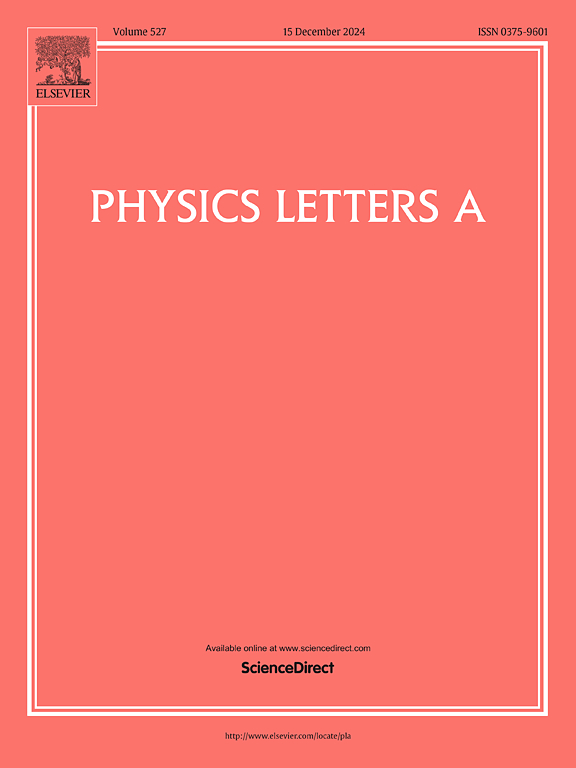Contributions of resonant excitation double auto-ionization to the electron-impact single-ionization cross-sections of Sn12+
IF 2.3
3区 物理与天体物理
Q2 PHYSICS, MULTIDISCIPLINARY
引用次数: 0
Abstract
Electron-impact ionization cross-sections are key parameters for determining the ionization balance in hot dense plasmas. The total cross-sections of electron-impact single ionization (EISI) for the ground configuration and the metastable state of Sn12+ are theoretically investigated, which is important for optimizing extreme ultraviolet light sources. To calculate EISI cross-sections of complex atoms, a hybrid method is utilized, in which the ground and lowly excited configurations are considered by the fine-structure level approximation, and the highly excited configurations are treated by the relativistic configuration approach. The predominant contributions of the electron-impact single ionization cross-sections are attributed to direct ionization (DI) and excitation-auto-ionization (EA). The detailed resonant structures originating from resonant excitation double auto-ionization (REDA) are studied particularly. The present calculations are compared with the experimental results, which indicates that much better agreement can be achieved only when the contributions of REDA processes are taken into account.
求助全文
约1分钟内获得全文
求助全文
来源期刊

Physics Letters A
物理-物理:综合
CiteScore
5.10
自引率
3.80%
发文量
493
审稿时长
30 days
期刊介绍:
Physics Letters A offers an exciting publication outlet for novel and frontier physics. It encourages the submission of new research on: condensed matter physics, theoretical physics, nonlinear science, statistical physics, mathematical and computational physics, general and cross-disciplinary physics (including foundations), atomic, molecular and cluster physics, plasma and fluid physics, optical physics, biological physics and nanoscience. No articles on High Energy and Nuclear Physics are published in Physics Letters A. The journal''s high standard and wide dissemination ensures a broad readership amongst the physics community. Rapid publication times and flexible length restrictions give Physics Letters A the edge over other journals in the field.
 求助内容:
求助内容: 应助结果提醒方式:
应助结果提醒方式:


